Solar Autumn + First Quarter: Blooms of the golden days
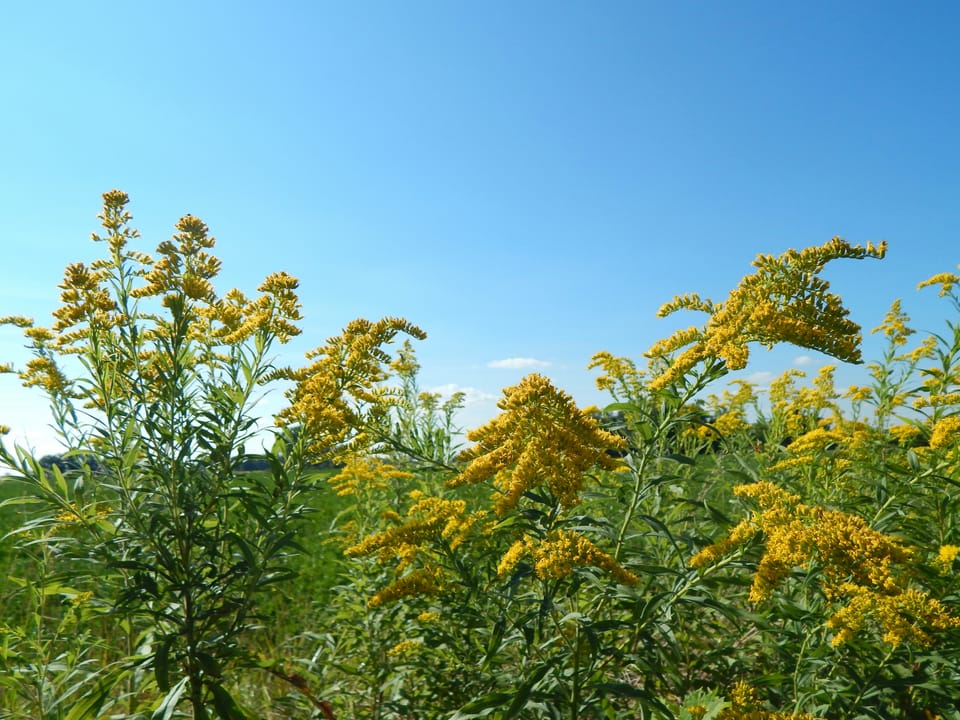
Hello. It's Friday and a holiday; since these two things coincide, I have ritual commitments that take some precedence over writing anything terribly thorough for this week's installment. But I'm not one to miss a holiday post altogether if I can help it.
For Calan Awst, or Lughnasadh as some statistically greater number of ritualists tend to mark August 1st, the day's past status as a Celtic grain harvest holiday makes it natural for any "witchy" writing that commemorates this season — especially when that writing is meant to center plants — to dwell on ripe cereal crops and their underlying myths and lore. And because I write this during the Moon's First Quarter, when I'm partly given to focusing on agriculture and other homesteading matters, I was certainly tempted this year. However, as this is also the lunar phase when I focus on hedgecraft and the so-called wild plants whose management by humans is typically more hands off, I've also felt moved today to write a short ode to a few flowers in my bioregion who are blooming around this time of year.
These are familiar sights to many, particularly the species here that do also get cultivated in gardens or sold as a nutritional extract. I do suspect, though, that it takes a gardener, botanist, forager, or traditional knowledge keeper to be aware of exactly when these flowers are in season. Likewise, because you won't find them in a grocery store or even most farmer's markets, the uses of these flowers are currently not as well preserved as the uses of this bioregion's classic "first fruits" like corn. My own knowledge base in this is still fairly amateur, but I'd like to share what I do know.
Hail this land's flowers of early harvesttide, of the golden days when the Sun crosses ever lower and the crows begin to cry.
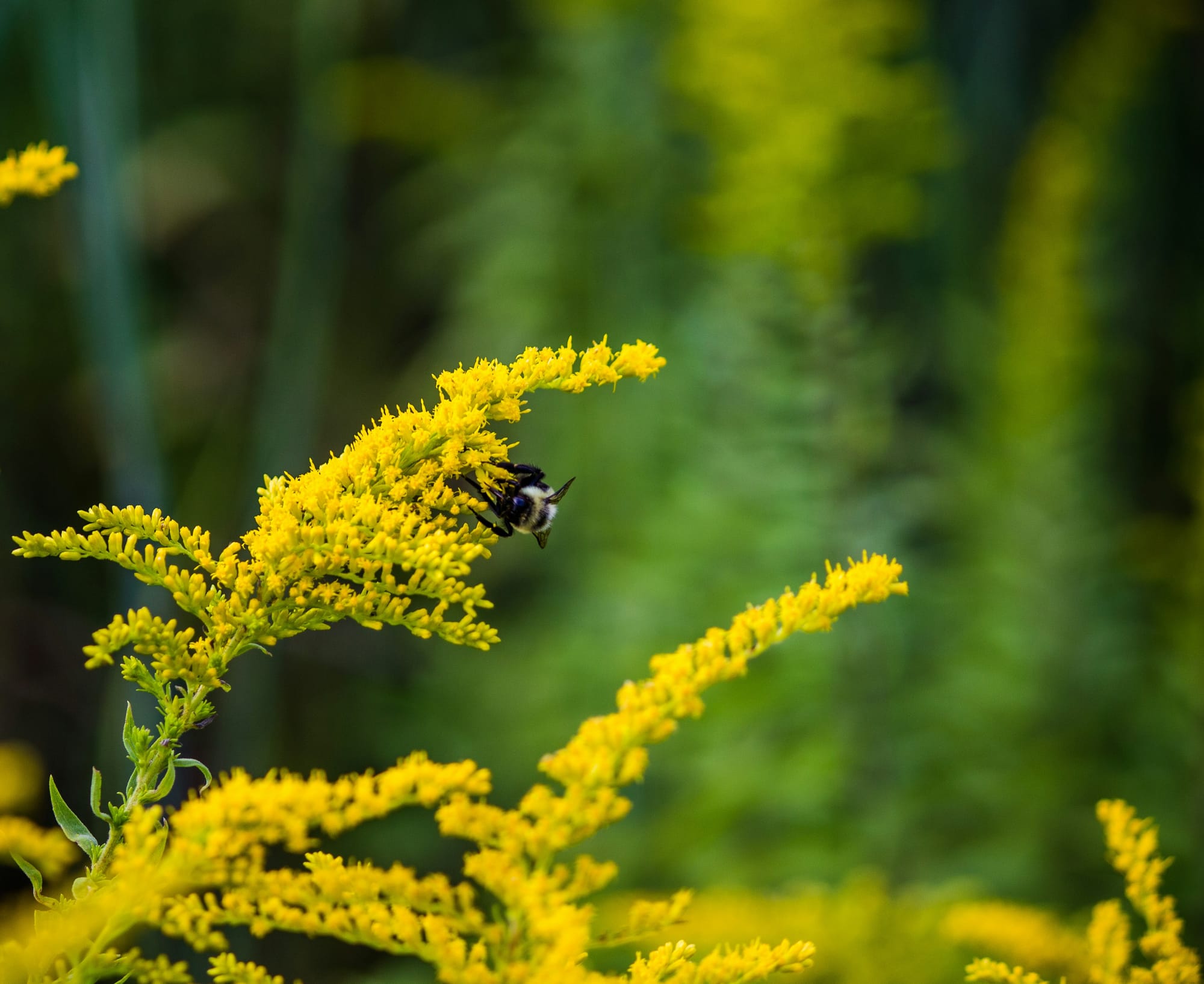
Goldenrod
Although not a grain crop, this plant carries the other bobbing particles of gold that bless open meadows, woodland edges, and roadsides, often in great masses that sway in the breeze. The colonial taxonomic designation is Solidago, but this native genus has been called by wizôwadawa by the land's traditional Abenaki custodians.
I've listed this plant first here because it's probably my favorite of the season. Though not as bright or showy as some of its fellows — and indeed, around here the flowers of early August aren't as magnificent as some that come before — it blooms so close to the 1st of the month that I find it heralds gentler temperatures, cleansing thunderstorms, lazy afternoons spent with the whine of cicadas, longer nights with Sirius soon returning to the southern sky; around here, the "dog days" of summer are welcome.
Goldenrod is edible. I haven't yet tried the shoots or leaves, but I've eaten the flowers. They're very pleasant and subtly sweet. I see why you can apparently use them in cornbread (or other bread) as both a flavoring and coloring agent. And like virtually any wild edible, goldenrod has a medicinal history that I won't personally attest to — but I will at least say I'm aware other people have used the plant as a tea for various anti-inflammatory purposes like clearing congestion and flushing the renal system.
I think it's almost become trite for introductions to goldenrod to inform the reader that no, it is not a pollen allergen, but this is probably worth reiterating because I've still occasionally heard people talk about removing goldenrod as if it were ragweed (which does not look that similar, but which will also be blooming here in a few more weeks). So if this is your first time finding out: goldenrod is pollinated by insects, not through the air. Leave it standing for the bees and butterflies! And in fact, because of the plant's hypothetical properties it may be more likely to reduce allergy-related inflammation than cause it.
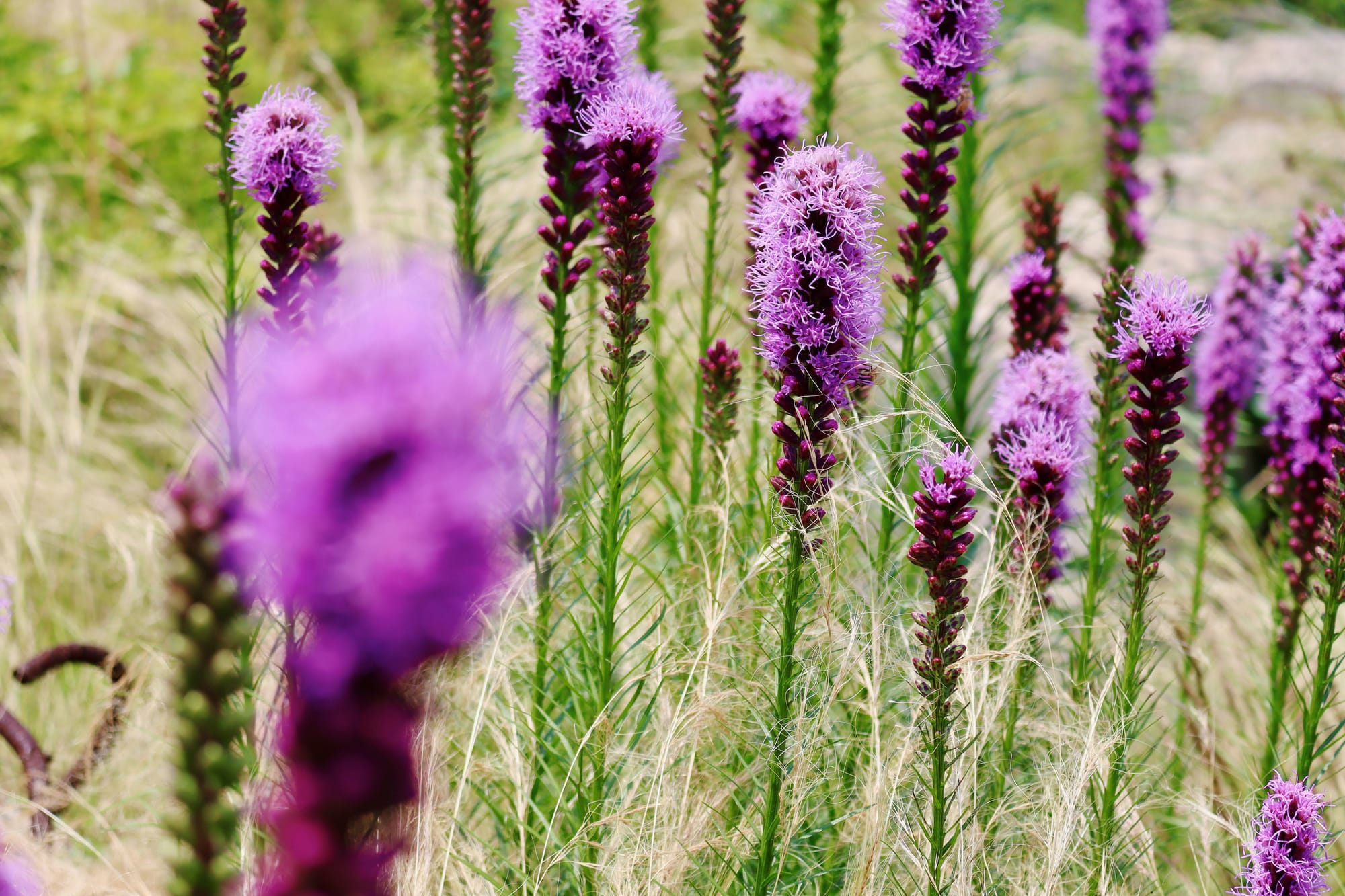
Blazing star
The taxonomic name for this genus is Liatris, and an alternate common name that my owner and I favor for the ones in our garden is gayfeather. I think the flowers look much more "feathery" than "blazing," but to each their own.
Before I knew what these beautiful things actually were, I assumed they were some imported fad plant; lots of people in the neighborhood grow them in generic landscaping arrangements. I was thrilled to learn that the plants are very much indigenous, with some species belonging more to the prairies much further west but others being represented here in N'dakinna. Pollinators and birds both absolutely love them, in any case, and roving deer tend to avoid them. I imagine blazing stars aren't very palatable for mammalian mouths, to be fair — but they do have some medicinal history, anyway.[1]
In this area, blazing stars bloom slightly before the goldenrod, but they are slow to complete the process and also slow to go to seed, so there's a period of significant overlap at the end of July and start of August. And it also just so happens that one wild blazing star species grows prolifically on roadsides in the same spots where goldenrod appears. The complementary contrast between the bright purple and yellow is very striking — and at first confused me immensely when I read Robin Wall Kimmerer's chapter in Braiding Sweetgrass about the mystery of why purple asters and goldenrod frequently grow together. Blazing stars are in the Asteraceae family, but not in the actual aster genus. So why do they seem to like goldenrod so much, too? That's my own mystery to solve.
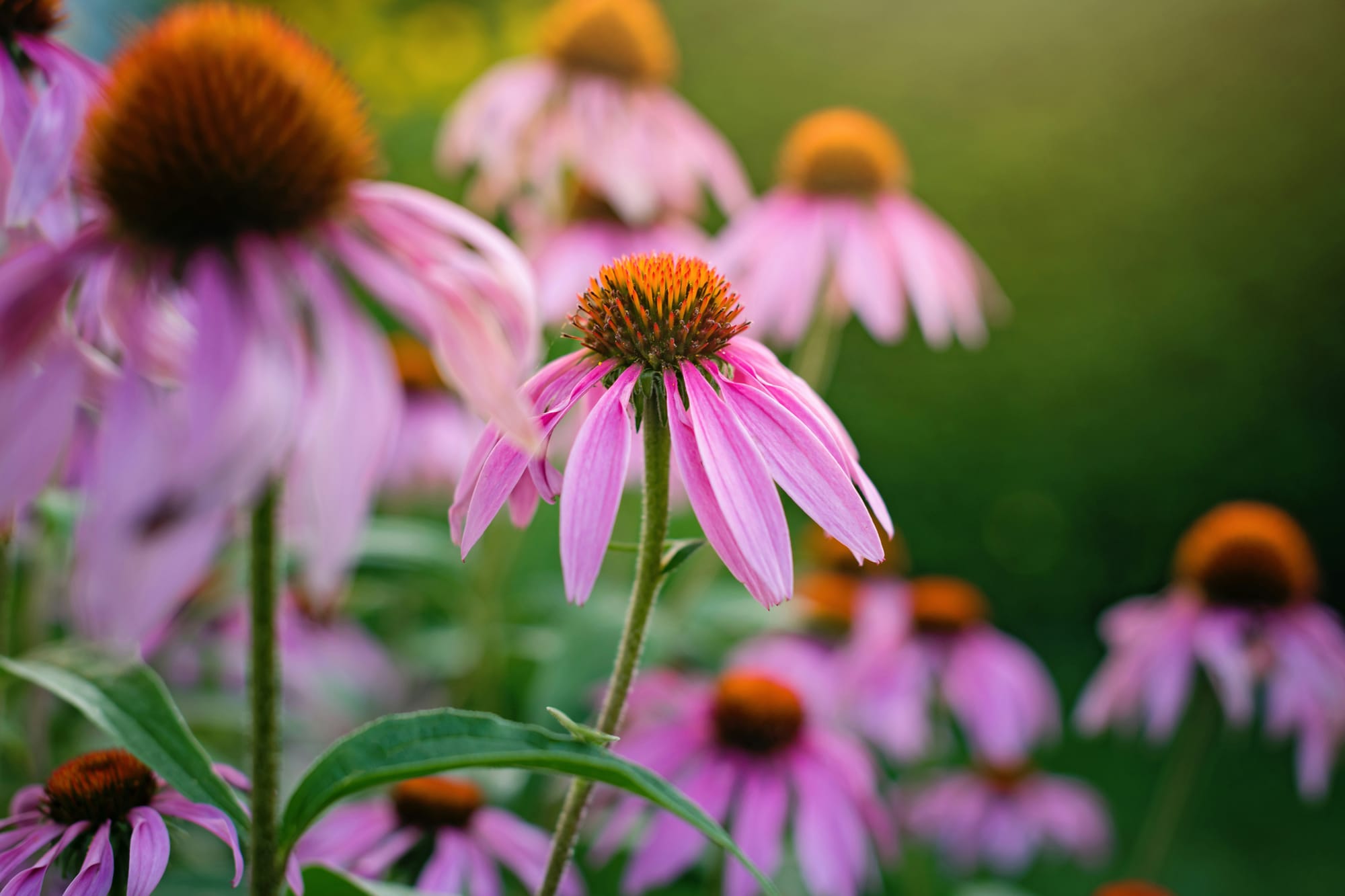
Coneflower 1: Echinacea
I used a purple flower for the image here because those are surely the most iconic color. Truth be told, I'm rather more fond of red cultivars, but the purple ones grow plentifully in both fields and gardens around here, and if someone buys an Echinacea supplement they'll almost certainly see a purple flower on the packaging.
Echinacea was probably among the first herbal medicines I ever heard about, going so far back into my childhood that I didn't even understand it was a plant. Many people in this society use Echinacea derivatives without otherwise caring or knowing about other traditional remedies. I suspect this is because of masterful capitalist marketing that took place in the late 19th and early 20th century, one of numerous Euro-colonial attempts to seize upon Turtle Island's indigenous medicine and mass produce it; of all the various snake oils, a few still endure like this one.
That's not to say Echinacea has no actual medicinal value, of course. It's simply a cautionary tale. Echinacea has indeed been used by numerous tribes and from a Western medical perspective it's understood to have immune-boosting properties although it's less clear which compound is responsible.[2] But I've never tried commercial Echinacea — since its production isn't regulated well enough to guarantee efficacy and simultaneously the industrial form's lack of indigenous knowledge base doesn't suggest an ideal basis for forming a proper relationship with the plant.
The reason I personally like seeing these plants bloom is that they're another major pollinator and bird attractor. Gardening guides will tell you to deadhead any sort of coneflower after the petals drop and the centers go to seed, but that's sheer aesthetics. We have purple and red Echinacea growing in our main flower bed, and we leave the blackened, spike-tipped stalks up all through the autumn and winter in their own gothic splendor, giving songbirds a little extra to nibble on for a while. Admittedly this year (and last) the flowers didn't put on much of a show, which I'm tempted to blame on extreme heat; but I also think we've been long past due to add some compost or compostable material to that bed, and we're slowly remedying that now.
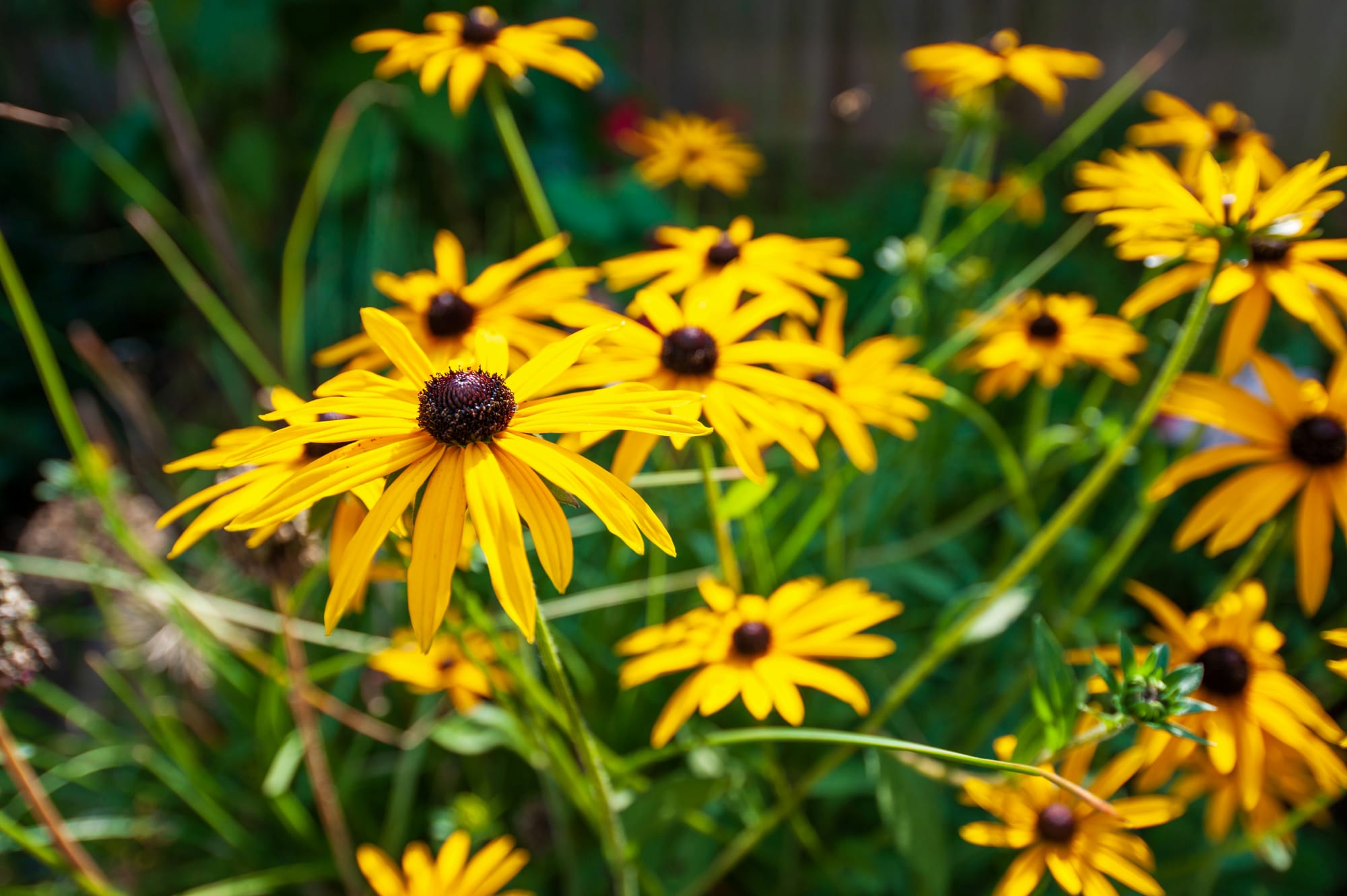
Coneflower 2: Rudbeckia
I originally learned this other coneflower genus with names like black-eyed Susans; whoever Susan is, I'm not sure. I inherited a love for these flowers from my mother, though, and I more recently learned about how the leaves of some species are edible — namely the leaves of Rudbeckia laciniata, which has many common names like cutleaf coneflower but is increasingly referred to by its Tsalagi/Cherokee name, sochan. I've never found sochan in my area, but supposedly it should be somewhere around here. It likes floodplains and damp places, and my home is situated among a network of tributary rivers and streams. In any case, though, we have a different Rudbeckia species growing in front of the house, and with the downpours that happened yesterday the flowers are beginning to look very happy indeed.
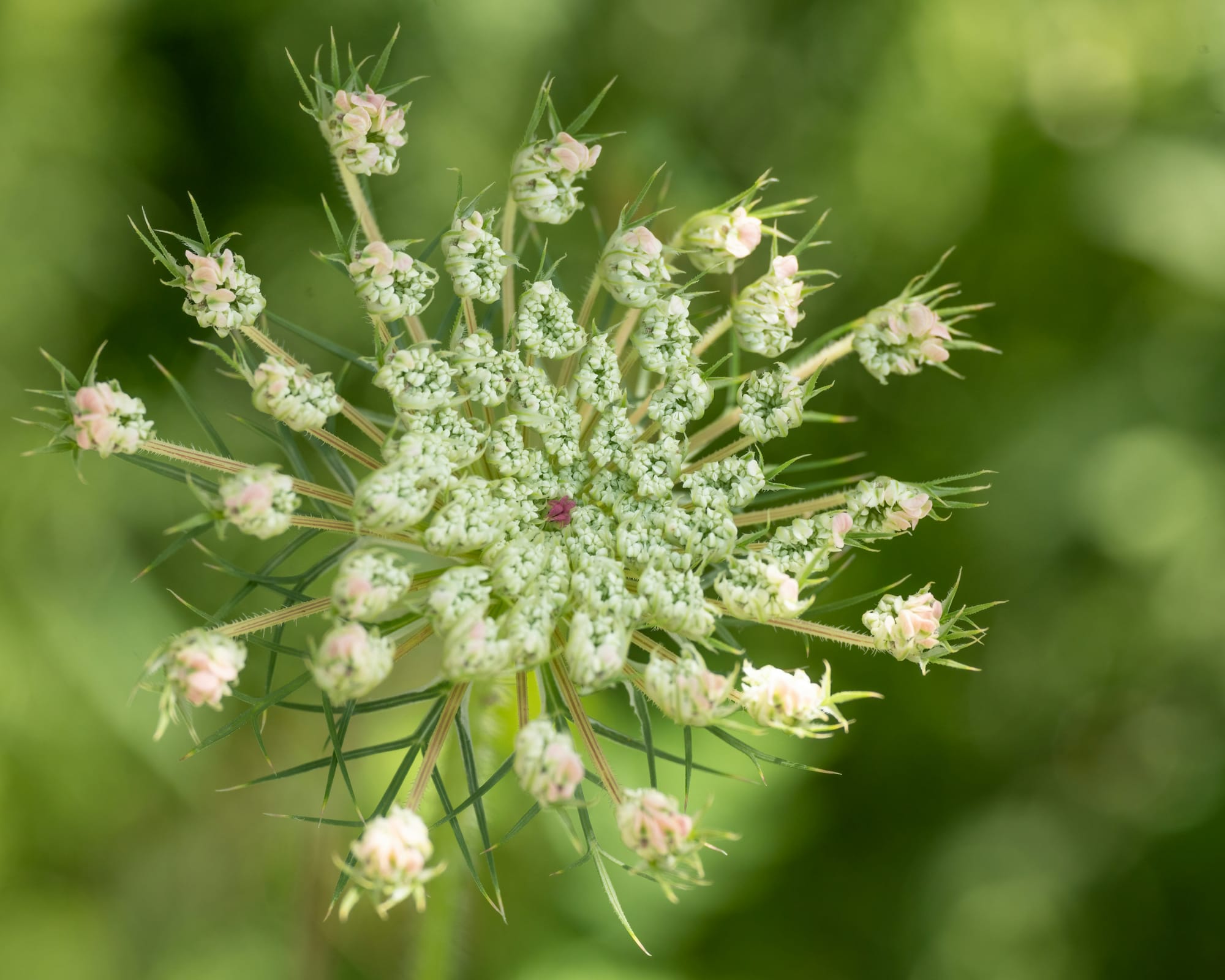
Wild carrot (Queen Anne's lace)
Here is the one non-native plant in today's list; but Daucus carota is very well naturalized. Some gardeners may treat it as a weed simply because they didn't expect it to be there and it spreads easily, but I don't think there's much of a case to be made for invasiveness. Wild carrot is ecologically beneficial and quite useful. Around here, it's been blooming for a couple of weeks already, but this will continue well into August, so I consider it a general hallmark of late summer or solar autumn, depending on how you measure your seasons.
We have extensive wild carrot growing along our house's driveway, and at some point I would like to try harvesting the flower heads because apparently they fry up nicely, somewhat like elderflowers. The taproots are also edible when young. Wild carrot is not a euphemism; it's the plant from which garden carrots were originally bred.
I used to think that this species was notably poisonous, however. This misconception is mainly from how wild carrot is known in some historic midwifery lore as an abortifacient, and some herbal abortifacients can unfortunately do their work through poisoning. In wild carrot's case, though, the seeds and flowers may work to block progesterone[3], which would certainly facilitate ending pregnancy, but this does not itself mean the plant has any significant toxicity. Imagine my surprise when I found out that (responsible, cautious) people I know eat it without ill effect.
The real thing to mind with wild carrot is that various other carrot family plants are either just as harmless, like parsley, or quite deady, like hemlock — and in hemlock's case, there's the potential for visually confusing the species. The rule I've learned with wild carrot versus hemlock is that wild carrot flowers have a small purple dot in the center (though sometimes it's rather pale), and they have spiny bracts surrounding them from the flower stalk beneath; wild carrot also only grows a couple of feet high, whereas hemlock grows much taller.
While I have yet to actually harvest any wild carrot, just to be on the utterly safe side, I still like to leave it growing just about anywhere it appears. Various swallowtail butterfly species rely heavily on it, although they also enjoy its cousin parsley, and I think the alternate epithet of Queen Anne's lace is very fitting: a swath of wild carrot looks like elegant lacework has been thrown all over the grass.
And having written now of five plants, with the golden hour itself setting in outdoors I will now leave you.
[1] I still know so little about it that I feel less comfortable mentioning any specifics.
[2] According to a German medical publication from 2003.
[3] According to an Australian publication from 2014.
I wrote this while waiting for the day's ritual bread to rise, bake, and cool. Now it's time to eat it and fully welcome in the new season. May the golden days be abundant for you.
Next week's post is another First Quarter post due to lunar timing, telling a tale of making jam; but it will be for paid subscribers only. After that, public posts return as I continue the zodiac series with an eye on my gothic fashion sense as an archetypally spectacular Leo.
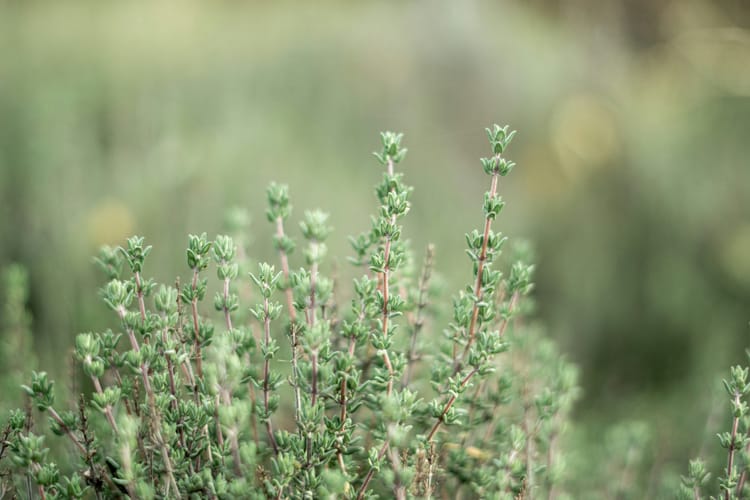
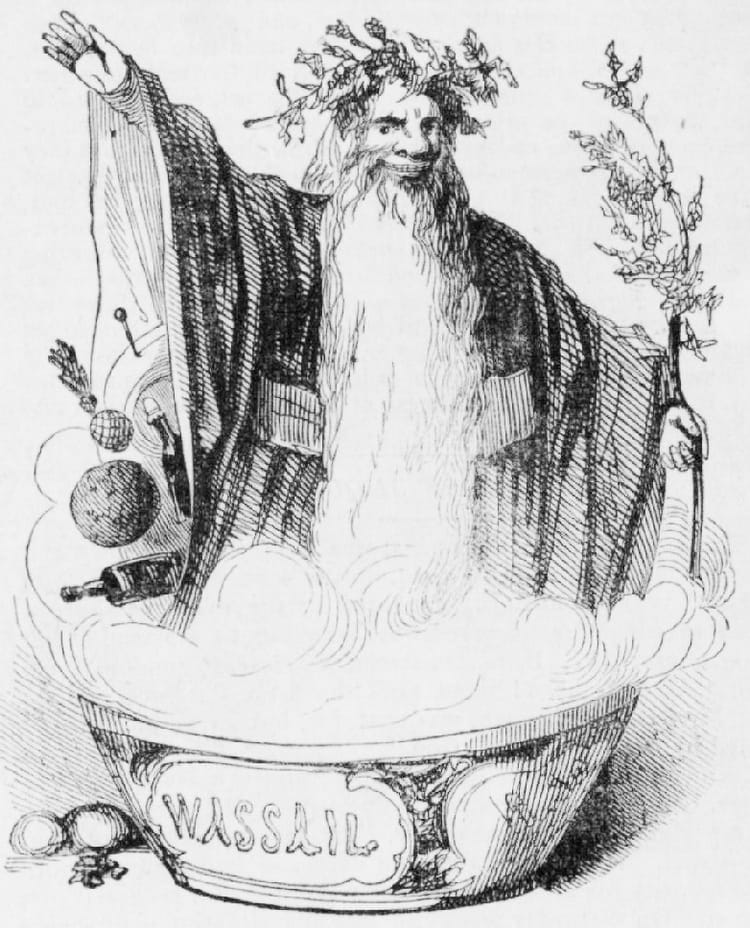
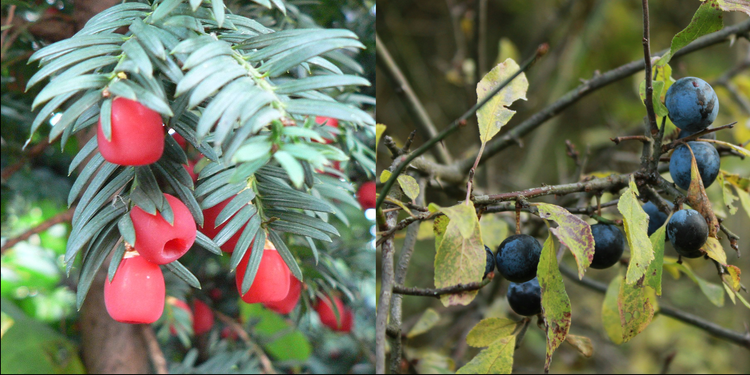
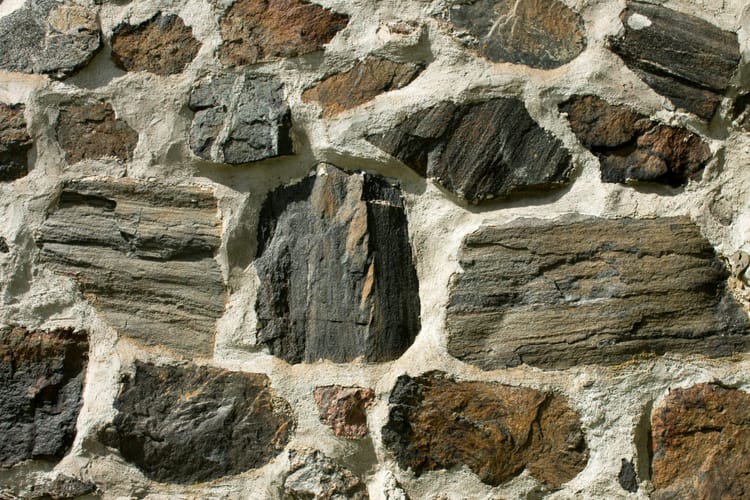
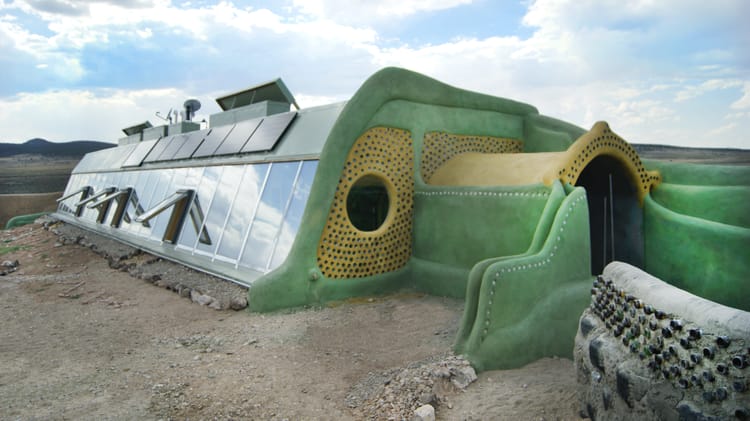
Member discussion